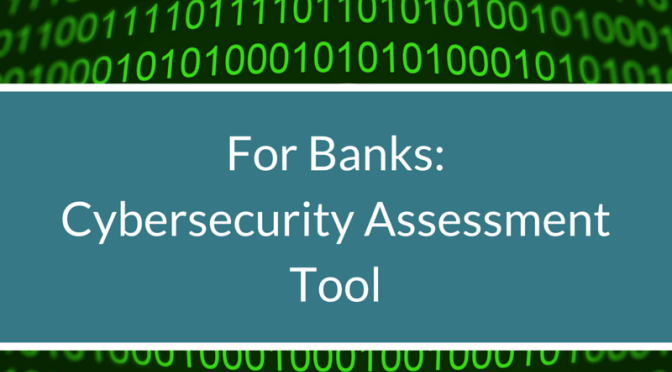For Banks: Cybersecurity Assessment Tool - v2.7 is now available!
I've created an excel based tool for banks and other financial institutions who want to easily create a brief, high-level report for the Board of...


If you aren't familiar with Enterprise Risk Management, or ERM for short, you should take some time in the near future to do so. Audits and Examinations are already requiring this approach at many financial institutions. It's nothing new, but instead a method of looking at risk for the bank from a holistic perspective, rather than by department.
I had the opportunity to sit in on a presentation by Rebecca Towne at the Indiana Bankers Association MEGA Conference last week. Rebecca is the Founder and President of Quadrant Risk Advisory, LLC. Her company specializes in Enterprise Risk Management (ERM) for banks and credit unions.
Her talk focused on the importance of ERM in general, but she noted several times that cybersecurity is the highest risk for any bank right now. The advantage of a good enterprise risk management program is that you can communicate cyber risk side by side with other risks that board members typically see.
Below are some tips that Rebecca noted as being important in ERM. Whether you are in cybersecurity, risk management, or on the executive team, all are beneficial to managing risk:

I've created an excel based tool for banks and other financial institutions who want to easily create a brief, high-level report for the Board of...